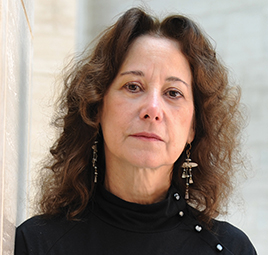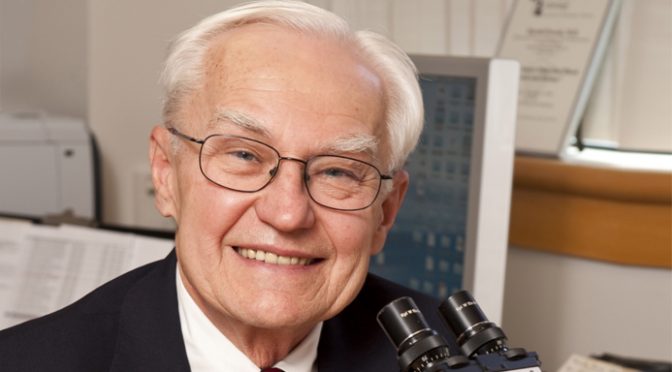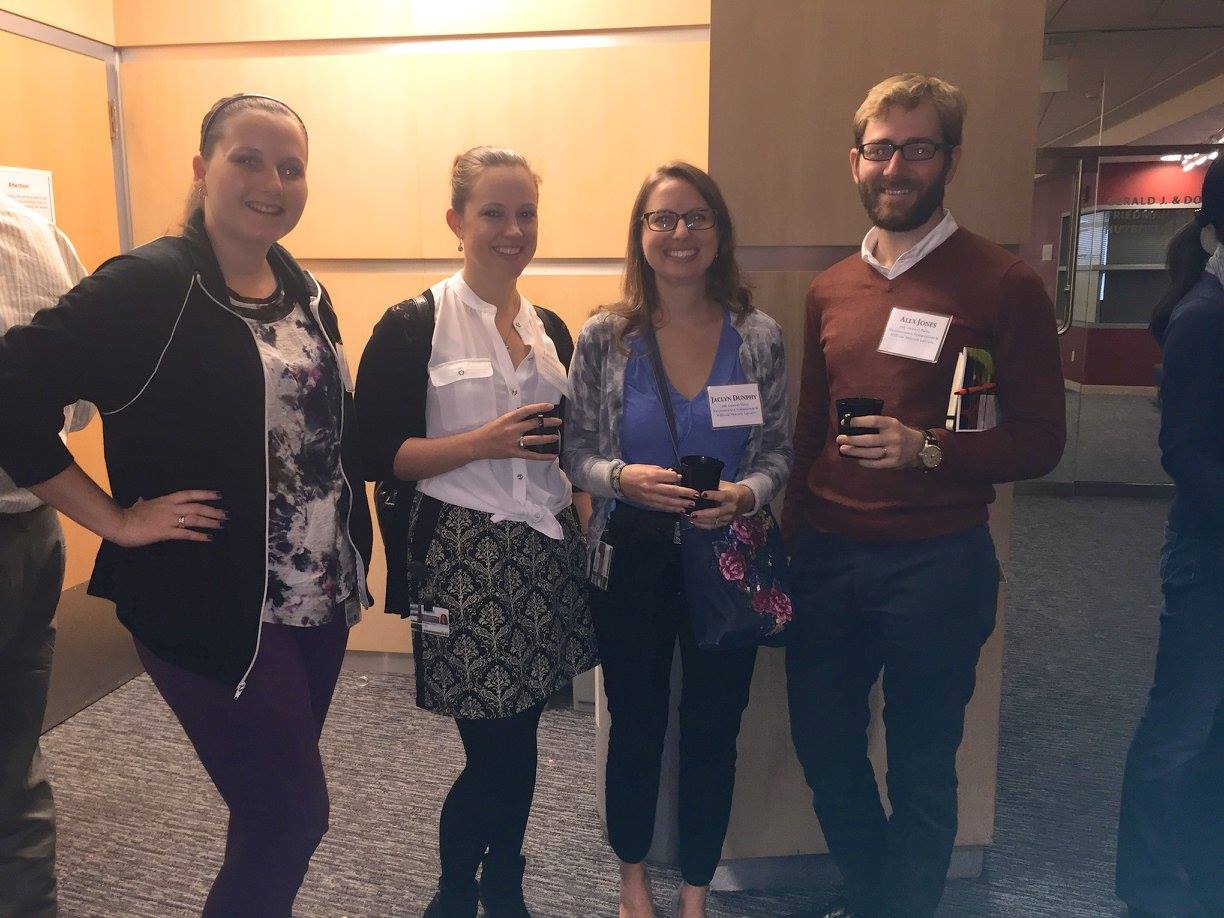The annual Gerhard Schmidt Memorial Lecture, on its 15th year after it was established in 2002, will be held on September 27, Wednesday, 4 pm at Behrakis auditorium, Jaharis building. The lectureship was established originally by the Department of Biochemistry, now a part of the Developmental, Chemical & Molecular Biology Department at the Tufts University School of Medicine, in memory of Gerhard Schmidt, M.D., to commemorate his life and contributions to the fields of nucleic acid and phospholipid research.

Dr. Schmidt joined the Tufts faculty in 1940 after migrating to the U.S. from Europe due to the increasingly tense political climate in the 30s. While he was working at the University of Frankfurt, Dr. Schmidt published a seminal paper describing enzymatic processes of deamination. In 1933, when Dr. Schmidt became aware of the Nazis’ intentions of purging “Jewish science” in his department, he fled to Italy. After a series of short-term fellowships took him to Naples, Stockholm and Florence, as well as Kingston, Ontario, New York and St. Louis before coming to Boston (source). Soon after his arrival, Dr. Schmidt published a milestone paper where he described a novel technique to determine the DNA and RNA quantities in tissues. In 1973, Dr. Schmidt was awarded an emeritus position at Tufts and the same year, he was elected to the National Academy of Sciences. Until he passed away on April 24, 1981, Dr. Schmidt had continued to regularly work in his laboratory despite his poor health in his latter years. Besides being a dedicated and hard-working scientist, Dr. Schmidt was an avid supporter of the arts, particularly chamber music and literature; he was also a fellow of the American Academy of Arts and Sciences.

This year, Judith Campisi, PhD, will deliver the Schmidt memorial lecture titled “Cancer and Aging: Rival Demons?”. Dr. Campisi is a world leader in the field of aging research, and currently is a professor of biogerontology at the Buck Institute for Research on Aging. Dr. Campisi received her B.A. in Chemistry in 1974 and Ph.D. in Biochemistry in 1979 from SUNY Stony Brook. She did her post-doctoral training at Dana Farber Cancer Insitute, before moving on to join the Biochemistry Department at Boston University School of Medicine in 1984. From there, Dr. Campisi moved on to Lawrence Berkeley National Laboratory (LBNL) where she headed the Carcinogenesis & Differentiation group, and the Department of Cell & Molecular Biology before taking on the position of co-head of Center for Research and Education on Aging in 1999.
She is also a member of the SENS Research Foundation Advisory Board (a non-profit that seeks to develop rejuvenation biotechnology) and an adviser at the Lifeboat Foundation (non-profit NGO that wants to harness technological advancements to “save humanity from existential risks”). She is also the co-editor in chief of the scientific journal Aging, a fellow of the American Association for the Advancement of Science (AAAS), and recipient of the Longevity Prize from the Ipsen Foundation and the Olav Thon Foundation prize (source), besides multiple other awards and fellowships.
Dr. Campisi is mostly known for her work on the role of aging on a variety of disease conditions, including cancer. She has worked extensively on senescent cells and how they may also disrupt normal physiological functions in tissues thus contributing to cancer progression. She has also described the hallmarks of senescence, including the senescence-associated secretory phenotype. She has described her research interests as following – “Aging is controlled by genes and the environment, and poses the largest single risk for developing a panoply of diseases, both degenerative (e.g., Alzheimer’s disease, osteoporosis, cardiovascular disease) and hyperproliferative (e.g., cancer). Why do organisms age, and why do these diseases rise exponentially with age? My laboratory aims to understand the molecular and cellular basis of aging in mammals.” (source)
For more information on her research, check out the following resources –
Campisi Lab publications, Buck Institute
Buck Institute CEO Brian Kennedy in conversation with Dr. Campisi
Senescent Cells, Cancer and Aging – Dr. Judith Campisi, SENS Foundation




